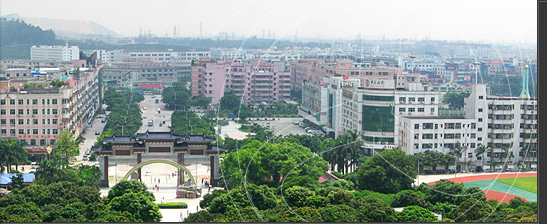 | ||||||||||||||||||||||||||||||||||
| ||||||||||||||||||||||||||||||||||
| ||||||||||||||||||||||||||||||||||
| INFO@buildingsystemsgroup.com Copyright 2017. All Rights Reserved. | ||||||||||||||||||||||||||||||||||
| |||||||||||||||||||||||
 | |||||||||||||||||||||||
All forms of building commissioning share the same goals: to produce a building that meets the unique needs of its owner and occupants, operates as efficiently as possible, provides a safe, comfortable work environment, and is operated and maintained by a well-trained staff or service contractor.
The purpose of Building Commissioning is as follows:
The commissioning process is a team effort, usually led by a commissioning lead, who verifies that the building meets the owner’s expectations at each stage of the design and construction process. Since each building project is unique, the commissioning lead will adapt the process to meet the project’s specific goals. This guide outlines a comprehensive process for reaching those goals. The scope of the individual projects may differ, depending on size, complexity, and budget. The parts of the commissioning process that are included in the commissioning lead’s scope of work can also vary. In the scope, the lead typically is engaged to perform the following activities: Document the building’s functional and performance requirements. The commissioning lead works with the owner and design team to ensure that the Owner’s Project Requirements (OPR) document clearly describes the owner’s performance and maintainability criteria. Ideally, this occurs during the design phase of the project. Provide tools and documentation to improve the project team’s deliverables. These include Issues Logs, which track issues from identification to resolution at each phase of development, and a Commissioning Report, which documents the results of inspections and functional performance tests. Verify and document that systems perform as specified in the OPR. To ensure that the building will perform as expected, the commissioning lead observes equipment start-up, writes and observes functional testing, verifies that control system calibration and testing, adjusting, and balancing have been performed satisfactorily, and documents these activities. Verify that the building owner and manager receive adequate and accurate system documentation and staff training. The commissioning lead ensures that these requirements are included in the specifications, tracks their delivery, and may oversee the work of training leads in developing curriculum and conducting training sessions. Bring a holistic perspective to the design and construction process that integrates and enhances its traditionally separate functions. The commissioning process brings project team members together on a regular basis and encourages the group to work together to solve problems. | |||||||||||||||||||||||
|






